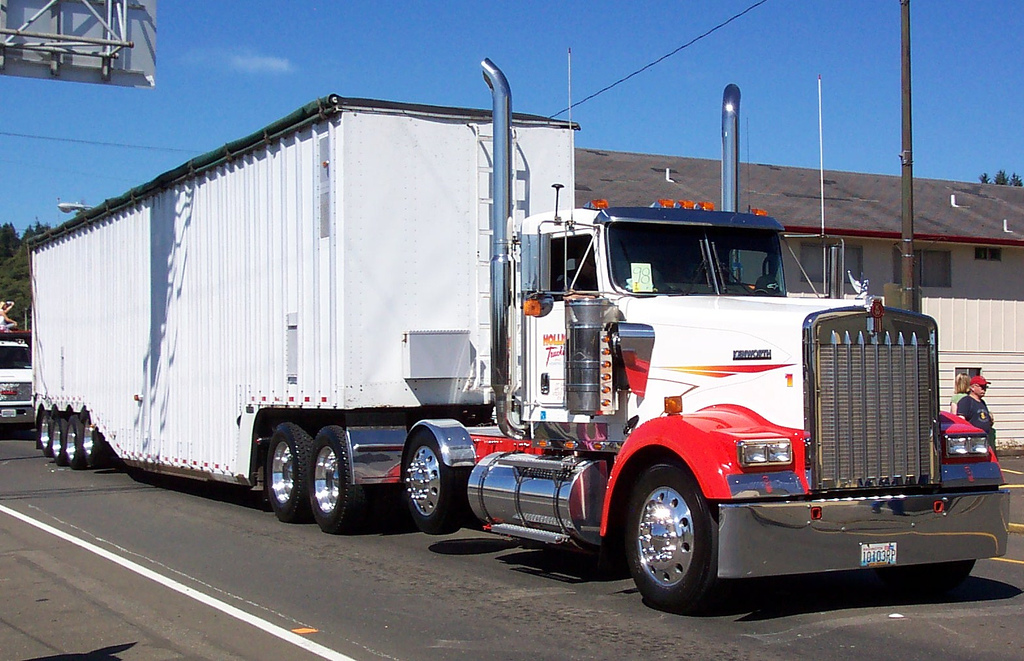A fully-loaded large semi-trailer is 40 tons of machine and cargo hurtling down the highway at 70 mph. Some see it as a majestic icon of industry and prosperity. Others regard large trucks as a noisy, smelly nuisance on the roads. They are terrifying to more than a few motorists. Not without reason, either. Obviously a collision between a 3,000 lb. car and an 80,000 lb semi isn’t likely to have a good outcome for the car’s occupants. Any truck accident lawyer is all too familiar with the grim aftermath.
The 2017 NHSTA statistics for Florida show that of the 4,635 vehicles involved in fatal crashes that year, 296 were large trucks. Of the 292 total fatalities in these accidents, 45 were truckers. Since injuries aren’t recorded by police, and not reported by medical caregivers, we don’t know the exact number. For all types of road accidents, there are about 10 serious injuries for each fatality. Thus, we’d estimate about 3,000 serious injuries in accidents involving large trucks for 2017.
TRUCK AND CAR COLLISIONS
The details of the truck accident statistics are informative. In 44% of two-vehicle collisions involving a large truck, both vehicles were traveling in a straight line then they collided. The point of impact on the other vehicle was the front or rear in 53% of truck two-vehicle accidents. Looking at the points of impact on the trucks, it appears that car drivers tend to rear-end trucks (21%) and collide with trucks head-on (32%).
TRUCK DRIVERS
A truck accident lawyer is mindful that truck drivers are on the job when they’re moving down the road. Car motorists may or may not be. The NHSTA data are consistent with the economic motive shaping truckers’ conduct. Truckers involved in fatal accidents rarely show blood alcohol above the legal limit, only 3%. Only 1% of these truckers had previous DWI convictions. The corresponding figures for passenger car drivers were 21% and 3.5%, respectively. On the other hand, the truckers in fatal accidents were slightly more likely to have had a speeding conviction or a previous crash.
WHOSE FAULT?
The NHSTA and the American Trucking Association studies both find that the trucker is not at fault in the vast majority of collisions with other types of vehicles. Depending on the year and the study, the other driver is at fault 80%-90% of the time. Moreover, the data debunk the myth of truckers dozing off at the wheel. In fact, of all drivers involved in fatal crashes truckers were much less likely to have been asleep, ill, or drugged than were car drivers. Truckers, on the other hand, were more likely to have been work stressed, unfamiliar with the road, or a had a brake failure.
TRUCK ACCIDENT LAWYER
These statistics should not deter anyone from seeking legal help after an accident involving a truck. Financial compensation for property damage, injury, and wrongful death are always on the table. Florida is a comparative fault state. Therefore, an experienced Boca Raton personal injury lawyer can recover financial damages even when the trucker is only partially at fault. The important thing is to call for a free consultation as soon as possible after a truck accident.




